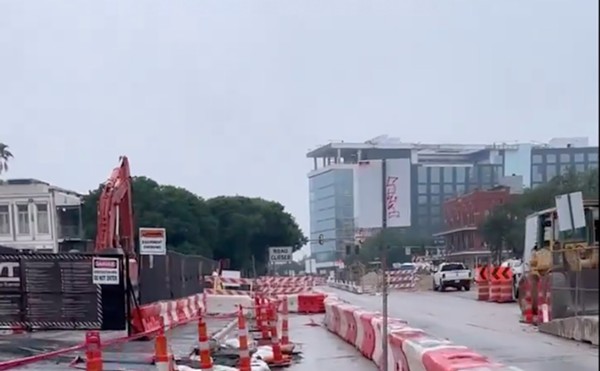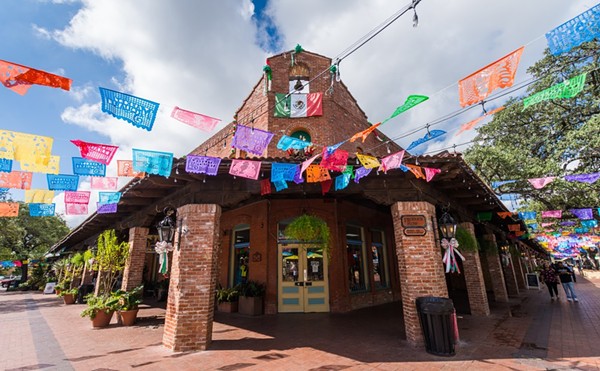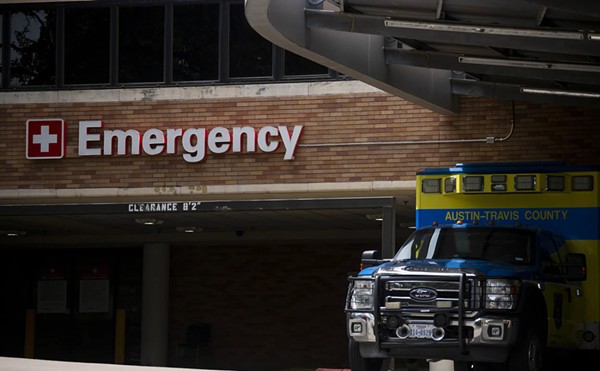Someone recently took me to task about being so negative, criticizing a host of local projects and policies. I have opposed things that I thought didn’t make sense — the Alamodome for example: Sold as a “multi-purpose convention and sports facility,” it has done miserably as a convention venue, and never managed to attract the permanent major-league sports tenant its backers had always sought.
But there are some things I support, and some investments that make sense for a community. Education is the big one. And for educating our kids and building the schools and facilities to serve them, our local school districts have no real choice but to ask the voters for millions of dollars in new bonds.
Three local districts — Northside, North East, and South San — will be asking the voters to approve some rather large investments in public education in the next couple of weeks. For North East and Northside, many of those bond dollars will be invested in new schools to provide for growing numbers of students in newly developed outlying sections of those districts. Northside’s $692.7-
million bond proposal includes more than $415 million for 12 new schools, mostly located in “explosive growth areas along Loop 1604.”
North East’s bond package totals $498 million, and includes $157 million for new schools and millions more to replace portable classrooms where existing schools are overcrowded.
As San Antonio sprawls to the north, these two districts bear the burden of dealing with growing numbers of students in lots of brand-new subdivisions.
In North East ISD voters turned down a $675-million bond proposal in late 2002. The district came back the next year with a pared-down $449-million effort that won voter support. Northside lost a bond proposal in 1992, and shifted its strategy in appealing to district voters. Those occasional defeats have the effect of keeping district proposals restrained and conscious of the voters’ will. With no other fiscal mechanism for financing the new schools and classrooms that a burgeoning San Antonio requires, these districts have to be both frugal and responsive to their community.
Investment in education goes beyond just buildings and facilities. Urban scholars have come to the clear conclusion that an educated, skilled, and adaptable labor force is the key to any community’s economic future. The place of education, particularly public education, is even more critical as we face a highly competitive, global economy. Where San Antonio once could compete for new firms and jobs by being cheap — cheap land, cheap power, cheap labor — those resources are now far cheaper on the other side of the globe. And while we can toast our success in luring Toyota, even that firm has a great many choices about where to continue its investments and create future jobs: Toyota recently decided to build its latest new plant in Mississippi. If we want to compete as a community, we need to be better
educated.
Having just returned from Seattle, I can offer up a model of how a city is shaped by the know-how and competence of its citizenry. Seattle is booming, with an exciting, lively downtown and a robust economy. A big part of that economic success is due to its educated population. In 1980, when just 16 percent of Bexar County’s adults had a college degree or more, the figure for Seattle (King County) was 26.2 percent. By 2000, we had done better, with 27.7 percent college-educated, or about equal to where Seattle was 20 years earlier. But in 2000, the college-degree proportion in Seattle was at 40 percent — well above the Bexar County figure.
Seattle has done far better than us in attracting and retaining educated, talented young adults. And it shows. I had to battle for a parking space around
6:30 p.m., as downtown restaurants and clubs filled with evening patrons. Even mid-week, streets were lively well into the night, and public transit made it easy to get around downtown and the larger city. That’s the kind of “growth” that makes sense for a city — growth that supports new jobs, new opportunities, and a lively, active urban environment.
Unfortunately, these words do not describe San Antonio’s kind of growth. Instead of growing better, we grow out, with “inner city” schools steadily losing students, and traffic problems spreading out across the Hill Country. Sprawling outward is a great way to enrich the folks who develop new subdivisions, build new houses, and engineer and construct new streets, highways, and flood-control systems. But it won’t ever make us a better city.
The school bonds are a necessary first step in providing for an educated community and keeping us competitive in a rapidly changing global economy. We need to talk about doing far more.


















